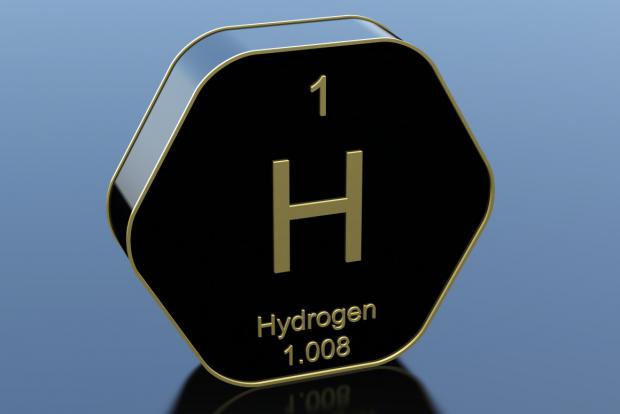
Breaking News
 Wash Post Editorial Board Turns Against Climate Agenda?!
Wash Post Editorial Board Turns Against Climate Agenda?!
 One Year Ago I Predicted and Described in Detail Huge Mars AI Plans that Elon Musk Confirmed...
One Year Ago I Predicted and Described in Detail Huge Mars AI Plans that Elon Musk Confirmed...
 British Teachers To "Spot Misogyny" In Boys And Target Them For Reeducation
British Teachers To "Spot Misogyny" In Boys And Target Them For Reeducation
 Democrats Refuse To Release Post-Mortem Of 2024 Election Loss, DNC Chair Says
Democrats Refuse To Release Post-Mortem Of 2024 Election Loss, DNC Chair Says
Top Tech News
 This tiny dev board is packed with features for ambitious makers
This tiny dev board is packed with features for ambitious makers
 Scientists Discover Gel to Regrow Tooth Enamel
Scientists Discover Gel to Regrow Tooth Enamel
 Vitamin C and Dandelion Root Killing Cancer Cells -- as Former CDC Director Calls for COVID-19...
Vitamin C and Dandelion Root Killing Cancer Cells -- as Former CDC Director Calls for COVID-19...
 Galactic Brain: US firm plans space-based data centers, power grid to challenge China
Galactic Brain: US firm plans space-based data centers, power grid to challenge China
 A microbial cleanup for glyphosate just earned a patent. Here's why that matters
A microbial cleanup for glyphosate just earned a patent. Here's why that matters
 Japan Breaks Internet Speed Record with 5 Million Times Faster Data Transfer
Japan Breaks Internet Speed Record with 5 Million Times Faster Data Transfer
 Advanced Propulsion Resources Part 1 of 2
Advanced Propulsion Resources Part 1 of 2
 PulsarFusion a forward-thinking UK aerospace company, is pushing the boundaries of space travel...
PulsarFusion a forward-thinking UK aerospace company, is pushing the boundaries of space travel...
 Dinky little laser box throws big-screen entertainment from inches away
Dinky little laser box throws big-screen entertainment from inches away
 'World's first' sodium-ion flashlight shines bright even at -40 ºF
'World's first' sodium-ion flashlight shines bright even at -40 ºF
New water-splitting process could kick-start "green" hydrogen economy

Much is being made of the developing "hydrogen economy" idea, in which compressed hydrogen fuels will become an energy source as common as gasoline, and fuel cell cars will take a place alongside combustion engines and electric vehicles in the transport mix.
Yesterday, we wrote about the world's first liquid hydrogen transport ship, designed to take Australian-produced hydrogen across the water to be used in Japan as clean energy. Right now, though, Australia is producing hydrogen in one of the dirtiest possible ways: using brown coal, a process which requires 160 tonnes of coal to produce three tonnes of compressed liquid hydrogen, with a monstrous 100 tons of carbon dioxide as a by-product.
The "clean energy" hydrogen pie, particularly in Japan and Korea, is estimated to be worth trillions of dollars in the coming decades, so plenty of prospectors are smelling massive energy exporting opportunities, but realistically, until the math starts to stack up on greener ways of producing hydrogen, the environmental costs of producing this stuff in bulk could be overwhelming.
The "green" way to make hydrogen is to split it out of water using electrolysis. You put water in a container with a pair of electrodes in it, and apply power. Oxygen gathers at the anode, hydrogen at the cathode, and if the electricity you put into this process was sustainably generated, then congratulations, you've got yourself some properly green hydrogen – as long as you don't cart it around in diesel trucks and ships, and the energy you use to compress and super-cool it is green as well.



